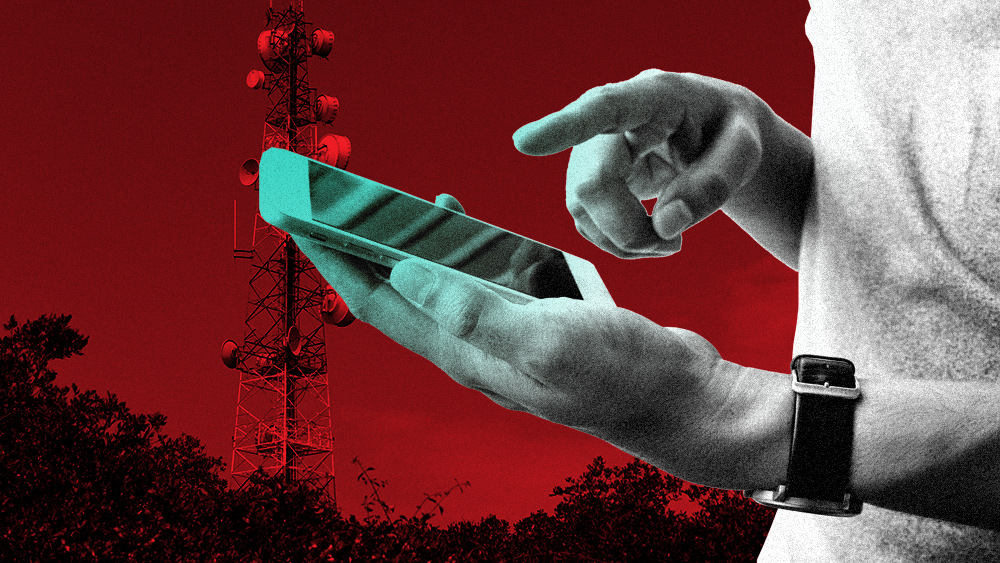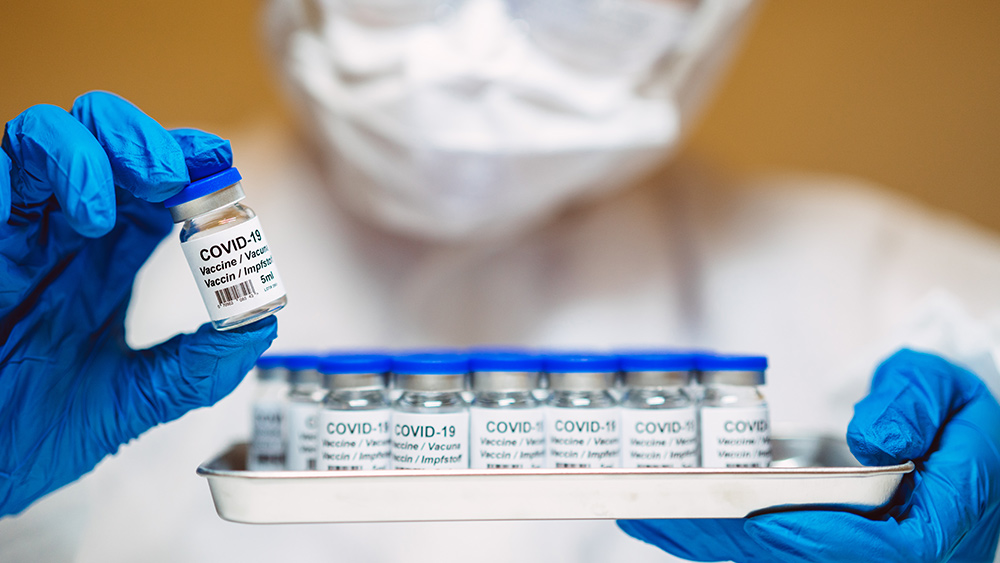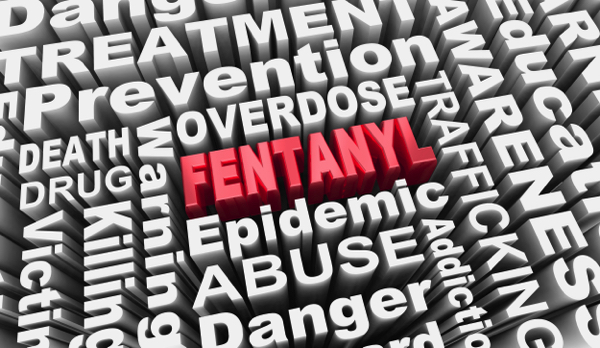 Parler
Parler Gab
Gab
- 61% of U.S. adults take at least one prescription drug, driven by aggressive pharmaceutical advertising and biased medical practices.
- Over $5 trillion annually is spent on healthcare, yet U.S. life expectancy lags behind 30+ nations.
- Elderly Americans are hardest hit, with 89% taking prescription medication, while millions face drug shortages due to reliance on imports from China and India.
- 78% of adults avoid hospitals due to exorbitant costs, yet medical debt plagues 100 million Americans.
- Removing Big Pharma ads on television is a start, but doesn't address Big Pharma's stranglehold on American doctors and medical education, which has a more powerful influence over patients and prescription practices.
The pharmaceutical empire thrives while patients suffer
The numbers are staggering. Pharmaceutical companies spent $15 billion on advertising in 2023 alone, a tactic that has tripled depression diagnoses since 2005. Women, sidelined as “emotional” or “hormonal,” are twice as likely as men to be prescribed antidepressants. Meanwhile, American boys are increasingly medicated for “behavioral issues,” with 23% of 17-year-olds now taking stimulants like Adderall—a categorization linked to schools dismissing normal boyhood energy as a “disorder.” Glenn Beck’s observation that our “feminized education system” pathologizes typical male behavior has gained traction, yet solutions remain elusive. Worse still, 75% of essential medications are imported, with China and India supplying critical APIs (active pharmaceutical ingredients). Reports of forced labor in Chinese factories, as documented by Exiger, add ethical wounds to the system’s already tattered reputation. “What happens when these imports are disrupted?” asks health journalist Mark Johnson. “We’re just one crisis away from a prescription nightmare.” The system’s financial ambitions fuel its flaws. With healthcare costs surpassing 5 trillion, insurance giants like United Health Group see profits rise while premiums spiral $25,572 annually for families. Patients, saddled with $220 billion in debt, face endless denials and inflated bills—a structure that prioritizes profit over wellness. As Michael Snyder notes in his exhaustive analysis, “This isn’t healthcare—it’s a money machine cloaked in white coats.”The illusion of symptom relief masks a root-cause crisis
The US’s approach to illness focuses on masking symptoms, not curing disease. Over three billion prescriptions are written yearly, yet chronic conditions like type II diabetes, heart disease, and cancer proliferate. These days, dietary and lifestyle interventions are rare in doctor’s offices, replaced by cocktails of pills guaranteed to generate repeat customers. Consider depression—18% of Americans now take antidepressants, a rise linked to marketing that equates sadness with “chemical imbalances” needing lifelong medication. “You’re not broken,” argues herbalist Sarah Lewis. “The myth that our bodies can’t heal themselves is peddled to sell pills.” Even conditions like ADHD, often traceable to environmental factors or developmental patterns, receive prescriptions before therapy or diet adjustments. The downstream effects are dire. antidepressants and stimulants alter brain chemistry, trapping users in dependency. For the elderly, polypharmacy (multiple drugs) leads to dangerous interactions, yet pharmaceutical companies incentivize doctors to endorse this chaos. “It’s not medicine—it’s 21st-century snake oil,” says Snyder. Meanwhile, drug recalls, errors, and side effects—like the 1.5 million ER visits annually due to adverse reactions—reinforce a system where profits override patient safety.A new paradigm emerges: Nature Over pharma
The antidote lies in nutrition-led healing, a shift now urgent in a country where diet-related disease costs $400 billion annually. Phytochemicals in botanicals like turmeric, ashwagandha, black walnut hulls, licorice root, and garlic contain anti-inflammatory and disease-fighting compounds unrivaled by pills. A foundational shift in medical training is critical, demanding doctors assess root causes like gut health, inflammation, and nutrient deficiencies instead of reflexively reaching for scripts. AI could disrupt this cycle, offering unbiased diagnostics unclouded by Big Pharma’s influence. Yet the path to reform faces hurdles: doctor retraining, public distrust of plant-based therapies, and dismantling policies propping up pharmaceutical interests. “Change requires courage,” says Lewis. “But what’s more courageous than refusing to accept disease as inevitable?” Meanwhile, grassroots movements champion whole-food diets, clean water, and organic farming, proving prevention is cheaper than pills. Epidemic Solutions, a nonprofit, has shown that communities reducing junk food intake cut diabetes rates dramatically. These successes hint at a future where healers inspire resilience instead of dependency. A generation raised on ADHD meds and diet culture risks passing these habits to theirs, perpetuating cycles of illness. Yet possibilities linger: restoring trust in nature, remolding medicine, and ending Big Pharma’s stranglehold. In Snyder’s words, it’s a battle between “healing and capitalism.” The choice is clear—but will we, as a society, step off the pill conveyor belt and reclaim wellness? The answer may determine whether we leave a future worth living. Sources include: Zerohedge.com TheEconomicCollapseBlog.com MichaelTSnyder.substack.comSalmon: A superfood source of omega-3s that support heart and brain health
By Ava Grace // Share
A comprehensive look at DMSO’s potential in cancer treatment
By Ramon Tomey // Share
Dill: An ancient superfood with modern healing powers
By Ava Grace // Share
Governments continue to obscure COVID-19 vaccine data amid rising concerns over excess deaths
By patricklewis // Share
Tech giant Microsoft backs EXTINCTION with its support of carbon capture programs
By ramontomeydw // Share
Germany to resume arms exports to Israel despite repeated ceasefire violations
By isabelle // Share










